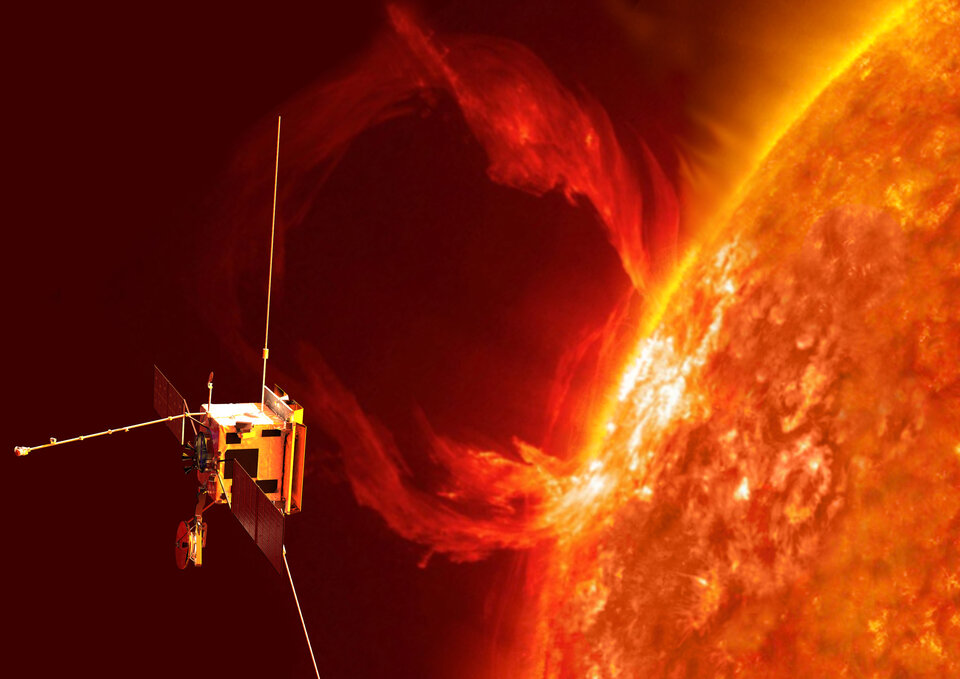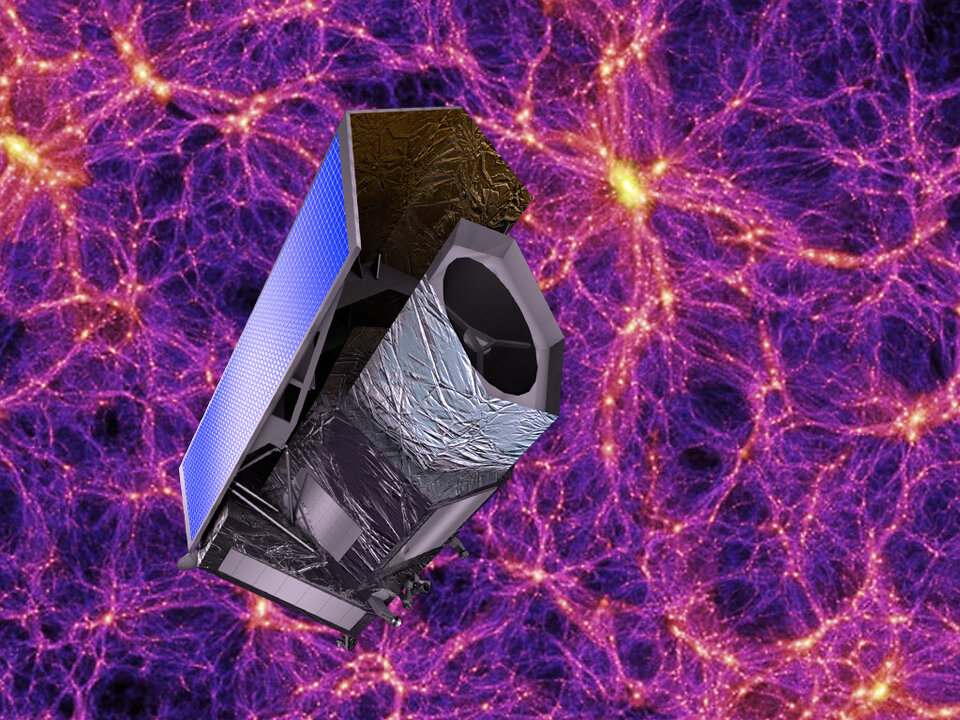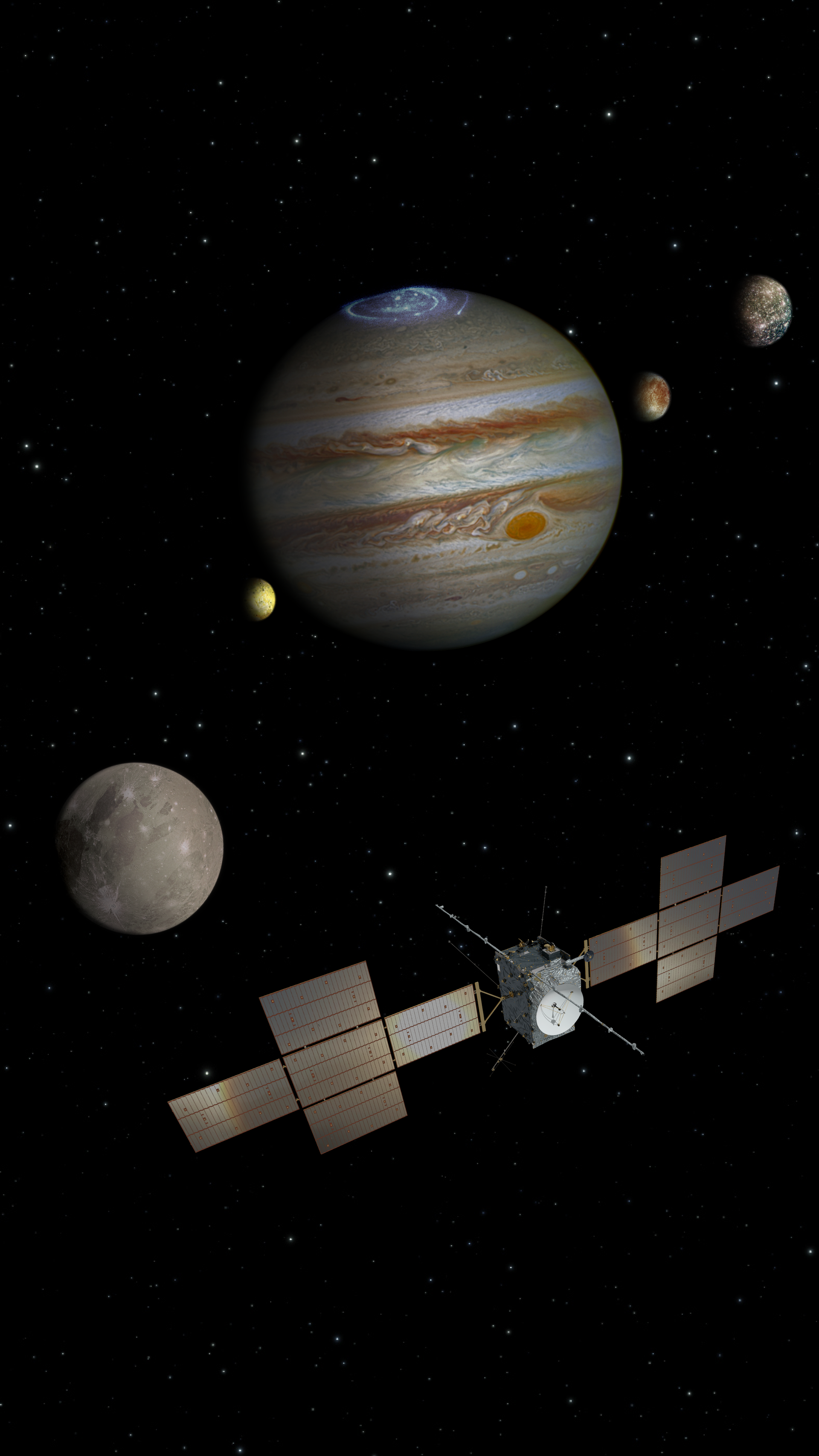How a mission is chosen
The ESA scientific programme is based on a continuous flow of projects that fulfil its scientific goals. These projects are identified and selected using the mechanism of the open call.
Whenever appropriate, and compatible with the programme goals and constraints, ESA issues a call for proposals for new science missions. The call includes descriptions of the scientific goals, size, cost of the mission, together with programmatic and implementation details. Calls are addressed to the scientific community. Missions fall into three categories: small (S-class), medium (M-class) and large (L-class), their size reflecting the scientific goals addressed and eventually the cost and development time required.
Examples of recently selected missions in the M-class are Solar Orbiter and Euclid, launching in 2017 and 2020 respectively, while in the L-class is Juice that will launch towards Jupiter in 2022. In the S-class, following a call issued in March 2012, an Earth-orbiting exoplanet mission, Cheops, was selected for launch in 2017.

Each call for missions usually generates up to 100 responses from academic groups and the mission proposals may cater to astronomy, solar system or fundamental physics research needs.
ESA’s various scientific advisory committees of experts assess the submissions. The committees include the Astronomy Working Group, the Solar System Working Group, the Fundamental Physics Working Group, the Space Science Advisory Committee and the Science Programme Committee. ESA’s engineers also make an initial assessment of the feasibility of the missions.
This effort produces three or four candidates for each mission slot to enter an assessment phase. An ESA scientist and engineer are assigned to each proposal and a one-year feasibility study is undertaken. This identifies any new technology that will need to be developed to make the mission possible. The majority of these studies are conducted internally at ESA’s Concurrent Design Facility (CDF).
| Phase 0 | Mission analysis and identification |
| Phase A | Feasibility |
| Phase B | Preliminary Definition |
| Phase C | Detailed Definition |
| Phase D | Qualification and Production |
| Phase E | Utilisation |
| Phase F | Disposal |
Most missions will require some new technology to be developed. This is natural because science is progressive and must advance on previous techniques, but new requirements can pose tough challenges for engineers and spacecraft designers. Sometimes specific circumstances and opportunities allow this potentially lengthy process to be shortened. In the case of Mars Express and Venus Express, spare flight equipment from previous missions made these new missions possible.
The conclusions of all these feasibility studies are presented to ESA’s scientific advisory committees and other scientists, in meetings usually held at ESA headquarters in Paris. The committees then make recommendations about which missions should proceed to ‘Phase A’. Every step that discards proposals is termed a downselect. Usually two or three missions are downselected for the phase A study, for which two competitive industrial contracts are placed for each mission.

Phase A results in a preliminary design for the mission. Results are presented, again in Paris to the various committees, and a final decision on which proposal will be selected for each mission is made.
After the selection, two industrial contracts for a competitive phase B1 (preliminary design) are then initiated to better define the mission design, interfaces and requirements. They will eventually lead to the ‘adoption’ of the mission and to the selection of one of the two industrial contractors to become the responsible for the whole implementation phase (phases B2/C/D/E1).















 Germany
Germany
 Austria
Austria
 Belgium
Belgium
 Denmark
Denmark
 Spain
Spain
 Estonia
Estonia
 Finland
Finland
 France
France
 Greece
Greece
 Hungary
Hungary
 Ireland
Ireland
 Italy
Italy
 Luxembourg
Luxembourg
 Norway
Norway
 The Netherlands
The Netherlands
 Poland
Poland
 Portugal
Portugal
 Czechia
Czechia
 Romania
Romania
 United Kingdom
United Kingdom
 Slovenia
Slovenia
 Sweden
Sweden
 Switzerland
Switzerland


























